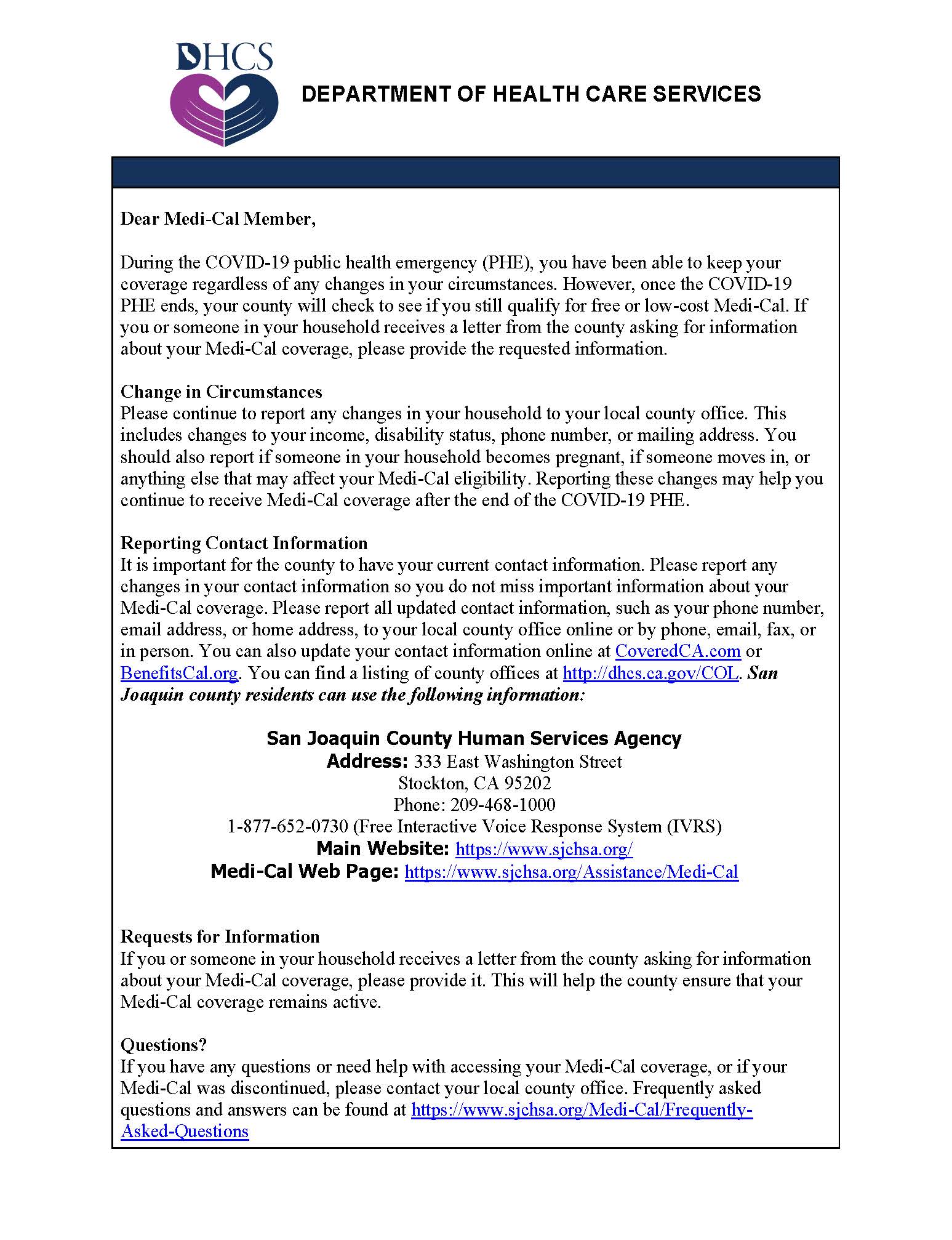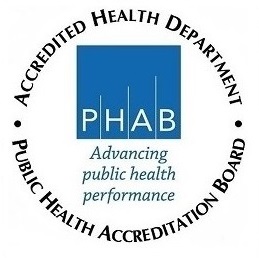Public Health Threats
Prepare for All-Hazards. Each emergency is unique and knowing the actions to take for each threat will impact the specific decisions and preparations you make to protect you, your family, and your pets
Be Informed

There are important differences among potential emergencies that may require specific preparations and responses. Review information about each type of disaster that could affect you. Click on the titles of the hazards below (i.e., Pandemic, Natural Disasters, Technological & Accidental Hazards and Terrorist Hazards) to learn:
- How to plan with your household and prepare in advance so you are ready
- Signs of hazardous events that come with very little warning
- How to protect your household during various disasters
- What to do to begin recovery following the initial disaster
Pandemic
Prepare for an influenza pandemic now. Know both the magnitude of what can happen during a pandemic outbreak and what actions you can take to help lessen the impact of an influenza pandemic on you and your family. Influenza may be especially harmful to infants and children, elders and those with immunosuppressed conditions.Natural Disasters
Natural disasters such as flood, house fire, earthquake, tornado, wildfires and extreme heat or cold affect thousands of people every year. Know what the risks are in your area and prepare to protect yourself, your family, your pets and the community. Recognizing an impending hazard and knowing what to do to protect yourself and your family will help you take effective steps to prepare beforehand and aid recovery after the event.Technological and Accidental Hazards
Technological and accidental hazards include situations such as nuclear power plant failures and hazardous materials incidents. Usually, little or no warning precedes these disasters. The number of potential accidental disasters is escalating due to the increased number of new substances and the opportunities for human error while using these materials. Learn what actions to include in your family disaster plan to prepare for and respond to such incidents. For example, in your own home, you can learn how to use, store and dispose of household chemicals in a manner that will reduce the potential for injury to people and the environment.Terrorist Hazards
Throughout history, there have been many threats to the security of nations. These threats have brought about large-scale losses of life, the destruction of property, widespread illness and injury, the displacement of large numbers of people and devastating economic loss. Recent technological advances and ongoing political unrest are components of the increased risk to national security. Learn what actions to include in your family disaster plan to prepare for and respond to terrorist threats.



